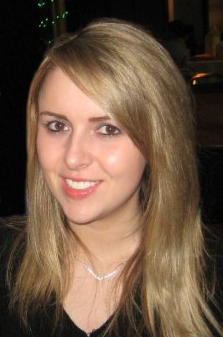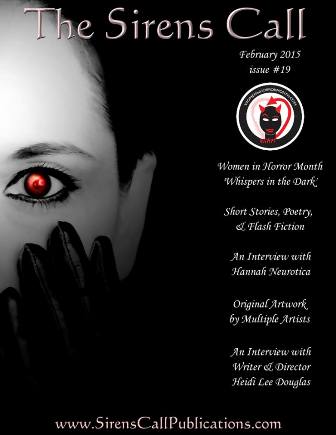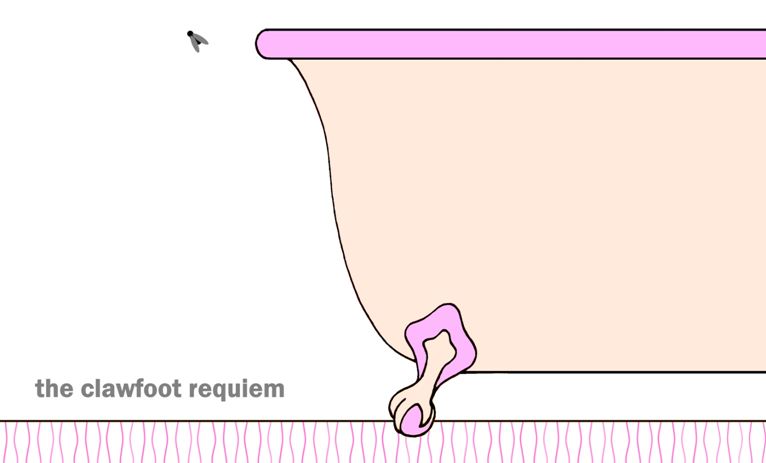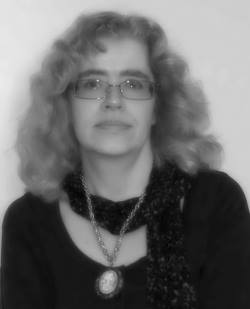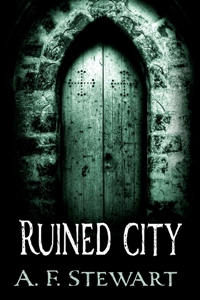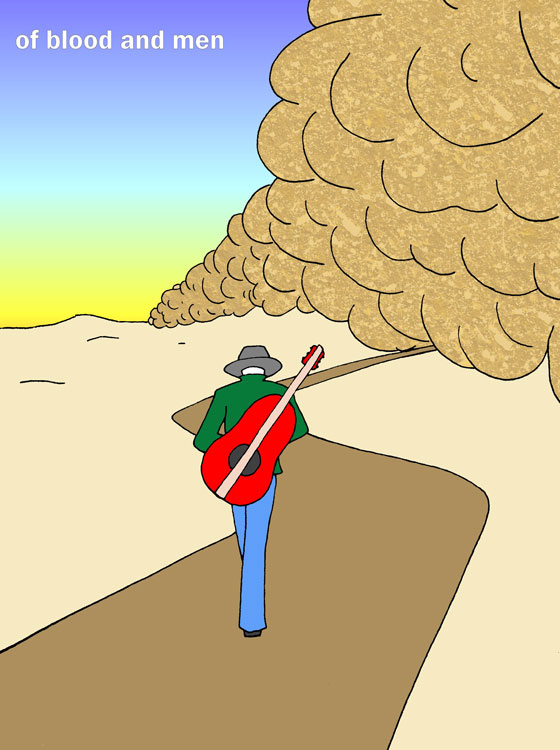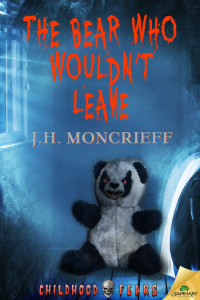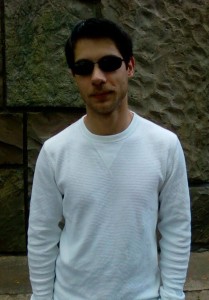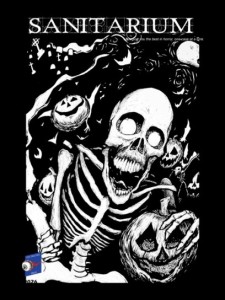Over the weekend, my dark fantasy story, “Once Lost, Gone Forever” made its debut in Electric Spec’s 10th anniversary issue. In the last six months, I’ve been fortunate enough to have almost thirty stories accepted for publication. But out of all of them, this one probably taught me the most about the twists and turns from concept to publication.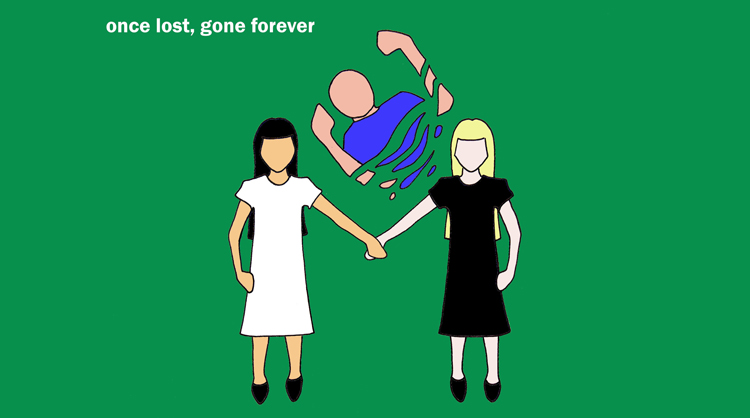
Writing is a constantly changing beast. Some stories come together with few obstacles and find a literary home on the first try. Others take weeks or months to coalesce and then find themselves mired in slush pile after slush pile. As a writer, this can be both thrilling and exhausting, but above all, it’s a learning experience. So with that in mind, here are a few things I’ve learned from the adventure that was “Once Lost, Gone Forever”.
1. Writing coming of age stories can make you far too wistful (but it’s all worth it).
Though it’s weird to even write this, I’m thirty-one. That means being sixteen was officially fifteen years in the past, almost half my life ago. I’m not the kind to reminiscence very often, but when you’re penning a tale about adolescence, you almost can’t help but think about your own. That can make you crazy, nostalgic, angry, amused, bemused, and a whole lot of other emotions. But provided you can funnel at least a little of that into the finished piece, the struggle is not in vain.
2. Challenging (read: taboo) concepts aren’t for everyone.
Though it is primarily a coming of age story, “Once Lost, Gone Forever” is one of the most subversive pieces I’ve written. I don’t craft austere teenagers. My incarnations drink, carouse, have sex. Even though many adolescents do all of those things (in spades), writing about it is enough to put off some publishers. But that’s not all: in this piece, my two female leads–Inali and Melissa–also cross paths with numerous adult men who try to physically (and sexually) harm them. In submission guidelines, many publishers specify “no underage sex” and “nothing that victimizes women”, and while this is considerate on the surface, such guidelines don’t allow for a full exploration of themes and experiences. But I won’t go into that here. I’ll let you read S. G. Larner’s article that says basically everything I feel on the topic.
3. Don’t give up on your own work.
Because of how challenging the piece was, I honestly didn’t think it would ever see the light of day. The first couple places rejected it outright, and though I was disappointed, I wasn’t surprised. Because of that, I almost didn’t submit it to Electric Spec at all. The magazine only publishes five stories with each quarterly issue, so the exclusivity alone was daunting. But six weeks after submitting—six weeks filled with self-doubt over the piece–I received word that the story had passed into the magazine’s final round of consideration. That fact all by itself excited me. Even if it wasn’t selected, at least the editors enjoyed it enough for it to advance. Then, the day after my birthday, I received the acceptance. It was a hallmark moment of my career so far, vindication that all the boundary pushing in the story had been worth it.
4. Good editors are worth their weight in gold words (okay, they’re worth gold too, but words make better currency).
At this point in my fiction writing career, I’ve already worked with a slew of incredible editors. However, with Electric Spec, this was the first time I ever had a heavy edit on my work prior to publication. I had long been waiting to go through line-by-line with an editor, and it was an amazing process. I learned not to get so attached to anything, even titles (farewell original name, “Truth and Dare”!). As an author, I needed this experience, and I am better for it. Plus, it didn’t hurt that the Electric Spec staff knows what they’re doing. Lesley Smith is a fantastic editor, and I would recommend every speculative fiction writer to submit something to Electric Spec. That’s how great working with them was.
5. Sometimes, writing about your own writing process is laborious.
I’ve started and erased this very blog about three times. Because the process behind “Once Lost, Gone Forever” was such an intense one, my thoughts about it are scattered. Even when Electric Spec asked for a short piece (about two paragraphs) about the story, it took me a full week to pull something together (which you can read here if you’re so inclined). This made me realize how much I need this very blog to help me organize my thoughts on the writing experience. Because as authors, we’re constantly asked about how we come up with our ideas, so we better have something comprehensible to say about it.
6. Having a husband who does artwork is AWESOME.
I’ve always loved illustrations paired with horror fiction. Right now, I’m reading Hauntings: Tales of the Supernatural, an anthology that comes complete with drawings from none other than the late, great Edward Gorey. In my spare time, I also sometimes enjoy searching fan art related to Shirley Jackson and Ray Bradbury. You know, just because it’s fun. Having illustrations (like this blog’s main image) that represent each of my stories is basically a dream come true, one that almost sounds too good. Even though my husband and I have been together for a decade, I was almost bashful about even asking him if he’d be willing to help me create such images. It just seemed like such a massive, long-term undertaking. But in his patented laidback attitude, he did the proverbial “Shrug-and-Sure”. Now we work together, discussing what images and scenes best represent each of my stories and how to bring those images to fruition. Every brainstorming session is like the greatest montage ever. It also helps to make writing—which is quite a solitary profession by its nature—a little more collaborative, even if only in the “post-production” phase.
7. Missing friends makes for great inspiration.
While my husband was involved with this story via his artwork, he wasn’t the only person in my life that had a role in “Once Lost, Gone Forever”. The initial concept for the story came about the week after my best friend from high school left Ohio for a new life in Arizona. Returning to the wistfulness invoked in the first point, missing someone who played such a huge part in your life helps everything to come into clearer focus. Consequently, I became madly inspired to create something that would celebrate our aptly misspent youth. Because I for one cannot draw or paint or create any other form of art (and since I’m still a poor starving artist), the only gift I can really give anyone is with my writing.
So Barb: this one’s for you. Thanks for giving me so many great memories that you’re still inspiring me decades after we first met.
Now I turn this conversation back to all you authors out there: what’s the most important lessons you’ve learned about writing so far? I’d love to hear the myriad of experiences that have helped to shape your careers. After all, we’re all in this together.
Happy reading!



